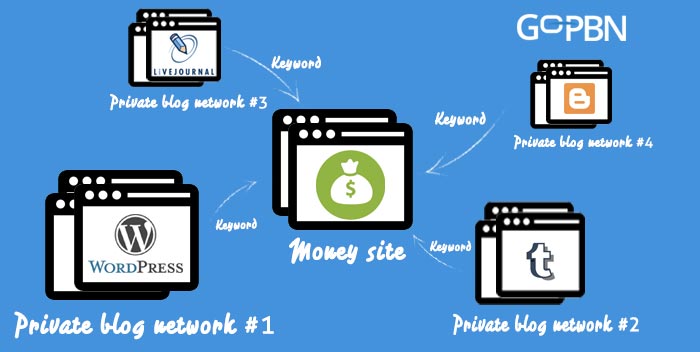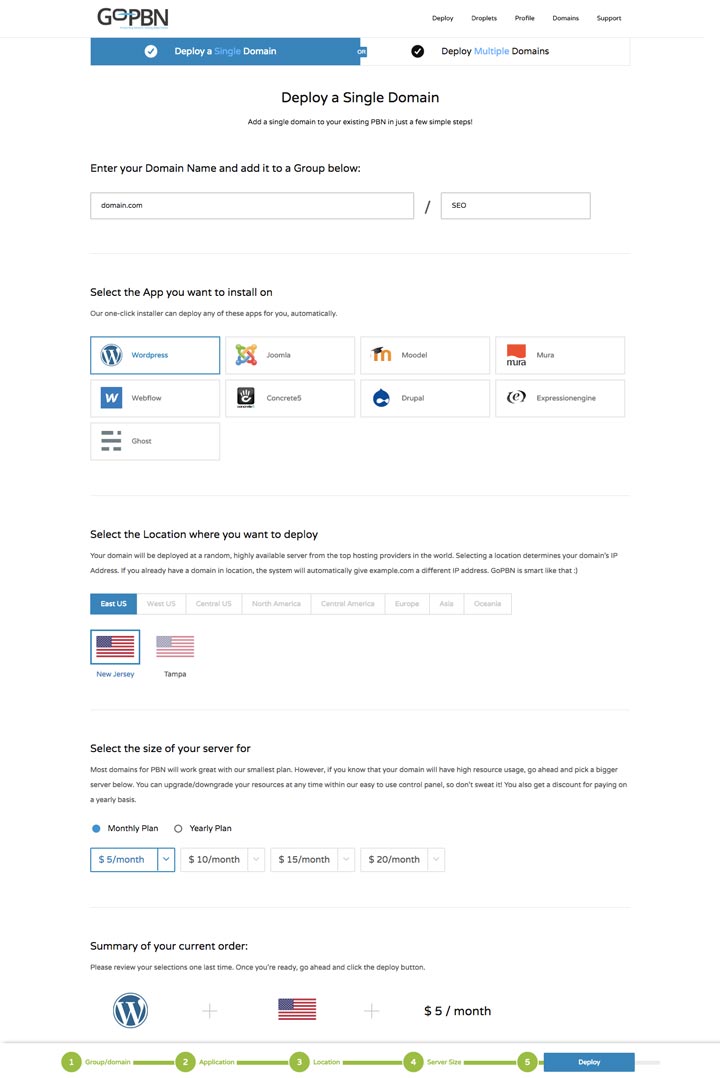All Categories
Featured
Table of Contents
- – What Is The Top Semantic Seo For Beginners Bra...
- – Which Is The Leading Semantic Seo Strategies C...
- – Whats The Most Suitable Semantic Keywords To ...
- – Who Is The Premier Seo For Semantic Search Co...
- – Top Semantic Tagging For Seo Money Can Buy
- – What Is The Most Affordable Best Semantic Se...
- – Which Is The Most Trusted Semantic Markup In...
This is due to the fact that search engines have advanced and are moving much more and much more towards reviewing material on the web. Of training course, that has also altered the way we create material, particularly if we desire to rank better in the search engines.
Intertwingularity is not generally acknowledged, people maintain acting they can make points deeply hierarchical, categorizable and sequential when they can't. Based on the partnerships in between search purposes, the search engine prefers a content in positioning by calculating the range between the vectors of significance.
It permits you to see, beginning from a topic, all the entities that are related to that subject. This method you can clearly see which entities/concepts/ideas have actually currently been covered on your web site, and you can find brand-new opportunities by comprehending what content you can add and just how to develop it.
What Is The Top Semantic Seo For Beginners Brand To Buy
It is able to make your web content easy to understand for internet search engine on the one hand and for your audience on the other. Structuring your content version highlights your material and its underlying relationships to make sure that search engines can recognize you amongst hundreds of pieces of details, making you more noticeable to individuals that fulfill the search intent pertaining to your company.
In semantic search engine optimization copywriting, an editor starts from a wider variety of topics and customizes the material to consist of semantically relevant terms and phrases that assist visitors understand a topic, similar to reviewing content in a wiki. From a web content composing viewpoint, one sensible method to do this is to create a vocabulary of terms and concerns bordering your target subject.
Which Is The Leading Semantic Seo Strategies Company
Discover much more concerning by seeing the by!.

Semantic search refers to the process of exactly how search engines comprehend and match keyword phrases to a searcher's intent in natural search results page. Prior to semantic search, search engines like Google operated like matchmakersaligning particular words in your query with those exact words on websites. The results were simple but often did not have deepness.
Whats The Most Suitable Semantic Keywords To Buy
It enables Google to provide quick, accurate response to browse queries about real-world subjects. When you kind a query word into Google, you're not just getting in a series of words. You touch into an intricate internet of meanings and links. Google's Expertise Graph sees these words as entities with context and partnerships.
When you search for "Apple," Google does not just see a word that defines a fruit. It recognizes Apple as a company and can supply associated info. It was Google's response to the rise of voice searches, where queries came to be a lot more conversational and nuanced.
Who Is The Premier Seo For Semantic Search Company
By incorporating NLP, Hummingbird enabled Google to relocate beyond plain keyword matching. It helped the search engine comprehend search intent, increasing the chances that results would properly match the reason behind a customer's search.
RankBrain is a machine understanding system that helps Google translate inquiries it hasn't seen before. It can make hunches about words and phrases it doesn't identify and filter results accordingly. Making it more efficient at dealing with never-before-seen search queries. RankBrain thinks about even more than just keywords when examining a search query.
So it fetches results that match the key phrases and straighten with the general intent of supplying puppy training suggestions. And if the customer often searches for dog-related web content, Google could focus on much more detailed training guidesrecognizing the user's recurring interest in the subject. Incorporating innovations like the Knowledge Graph, Hummingbird, and RankBrain, semantic search helps the Google algorithm analyze and connect information throughout a large internet of info.
Top Semantic Tagging For Seo Money Can Buy
The emphasis shifts from keyword option to an alternative technique encompassing user intent, topical relevance, and general customer experience. Developing web content that deals with the searcher's requirements with comprehensive details can improve your SERP positions. Below, we detail the fads and practices that settle the requirement for semantically educated web content. Later, we offer workable pointers to turn these insights into best practices.
A wider technique to material aligns much better with semantic search's change away from precise key words matching and towards individual intent. Web content that covers search inquiries much more completely not only pleases users.
And five times more than sites that take 10 secs to load. While technological search engine optimization guarantees ideal website efficiency and access, concentrating on individual experience (UX) takes it a step better. UX aims to produce a visually attractive, straightforward user interface with engaging, top quality content that motivates site visitors to remain. Semantic search innovation enables search engines to go for outcomes that supply the most effective possible UX.
What Is The Most Affordable Best Semantic Seo Tools Deal

All display Google's capability to resolve a subject query thoroughly. By recognizing the context and intent behind individual inquiries, search engines can deliver extra appropriate details and potentially raise user interaction. Personalization in search results produces far better UX.Based on your previous search history and preferences as a user, semantic search helps browse engines customize the outcomes to suit your special demands and interests.
So it brings outcomes that match the key words and straighten with the general intent of offering puppy training recommendations. And if the individual often looks for dog-related web content, Google could focus on extra detailed training guidesrecognizing the customer's continuous interest in the subject. Integrating modern technologies like the Expertise Chart, Hummingbird, and RankBrain, semantic search helps the Google algorithm analyze and connect data across a huge web of info.
Which Is The Most Trusted Semantic Markup In Seo Provider
The focus changes from keyword selection to an all natural technique including customer intent, topical significance, and general user experience. Creating content that deals with the searcher's needs with comprehensive details can boost your SERP positions. Below, we detail the trends and techniques that settle the need for semantically educated content. Later on, we give workable pointers to transform these understandings into ideal techniques.

A more comprehensive approach to material aligns better with semantic search's change away from exact key words matching and towards customer intent. Web content that covers search queries much more thoroughly not just satisfies individuals.
UX aims to develop a visually attractive, user-friendly user interface with interesting, high quality web content that urges site visitors to stay. Semantic search modern technology enables search engines to aim for outcomes that give the best feasible UX.
All showcase Google's ability to address a subject query comprehensively. By comprehending the context and intent behind user queries, online search engine can supply much more relevant info and potentially raise individual involvement. Personalization in search engine result produces better UX.Based on your past search background and choices as a customer, semantic search helps internet search engine tailor the outcomes to match your unique needs and passions.
Table of Contents
- – What Is The Top Semantic Seo For Beginners Bra...
- – Which Is The Leading Semantic Seo Strategies C...
- – Whats The Most Suitable Semantic Keywords To ...
- – Who Is The Premier Seo For Semantic Search Co...
- – Top Semantic Tagging For Seo Money Can Buy
- – What Is The Most Affordable Best Semantic Se...
- – Which Is The Most Trusted Semantic Markup In...
Latest Posts
What Is The Most Reliable Improving Rankings With Semantic Seo?
What's The Most Reliable Semantic Seo Tools Brand
The Leading Semantic Seo Audits To Get
More
Latest Posts
What Is The Most Reliable Improving Rankings With Semantic Seo?
What's The Most Reliable Semantic Seo Tools Brand
The Leading Semantic Seo Audits To Get